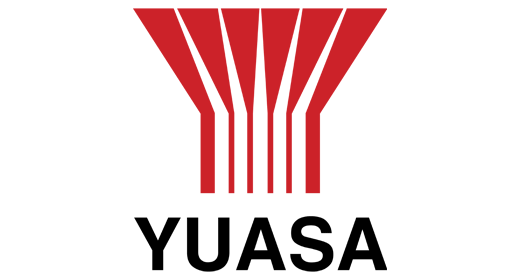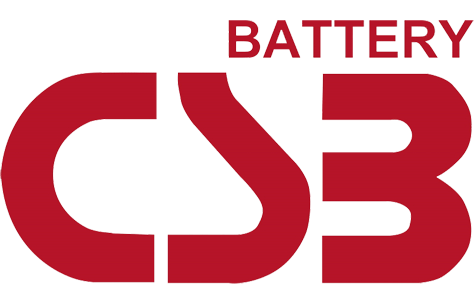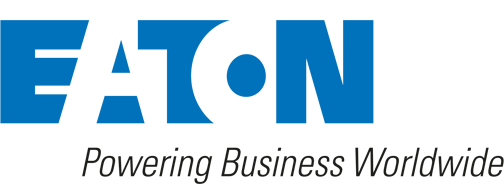Data Centre UPS - The Real Truth For Data Centres
In an age where consumers demand access to data 24/7, the reliability and efficiency of a data centre are critical. Each company or organisation must rise to the challenge of delivering quality and efficiency to its clients. At the same time, the total cost of ownership (TCO) for data centres becomes increasingly more expensive.
The truth for data centres in 2022 and beyond is that TCO through UPS maintenance and servicing has more than just financial implications. The need for sustainability in data centre UPS systems is now of paramount importance. Consumers are now more aware of environmental, social and governance (ESG). However, an organisation can put its whole infrastructure at risk without a robust UPS service programme.
What does all this mean for data centre TCO? What are the unique challenges affecting businesses in the UK regarding UPS maintenance? How is it possible to reduce total cost of ownership for data centres? We aim to address these crucial questions in this article.
TCO and UPS Maintenance — What is the True Cost?
Several factors affect data centre UPS TOC. The most obvious cost is purchasing hardware — either direct from the manufacturer or a trusted UPS supplier.
In recent years, the cost of UPS hardware has soared. These soaring costs have been driven by the price of raw materials, transportation, increase to the minimum wage, and the hike in energy bills. Added to that is the unknown impact of the war in Ukraine will have and many companies that are severing ties with Russia.
The result is that companies pass on these steep price rises to the end-user. Additionally, preventative UPS maintenance is becoming costlier as the complexity of data centres increases.
Investing in UPS warranty services is one way to reduce the total cost of ownership. After all, UPS systems are machines. And like all machines, UPS batteries and modules eventually wear out and require replacement or repair.
Manufacturer UPS Preventative Maintenance Contracts
A preventative UPS maintenance programme direct from the manufacturer may seem like the best option. This service often includes UPS preventative servicing, battery replacements and end-of-life system repairs. However, it is worth being mindful of the fact that these manufacturer solutions are usually designed to increase their revenue.
While the end user is assured of quality UPS products (i.e; branded spares and trained engineers), this comes with premium prices. Sometimes at a four times markup price. So, in the end, it could be that companies are paying more for the same service that a premium partner like Secure Power could offer.
Determining Data Centre TCO
UPS data centre TCO used to be calculated in terms of financial costs. This would include the design, construction, operational expense and preventative UPS maintenance. However, consumers and data providers are now concerned about the environmental costs of data centres.
For example, in 2020, Google announced its commitment to cleaning up the “dirty cloud” and switching to carbon-free energy by 2030. This pledge also includes supporting water security and ecosystems.
A key goal of data centres must be to shift toward net-zero carbon emissions and ensure sustainability in the industry. Of course, this involves investment to reach carbon-negative emissions to clean up the “cloud”. But in the long term, embracing “Sustainable Cost of Ownership” (SCO) will reduce expenses, generate profit, and be better for the environment.
UPS data centre efficiency is typically is calculated in terms of power delivery and cooling. Therefore, factors like power capacity, UPS battery and module lifespan and UPS maintenance were the basis for TCO.
Now, UPS TCO must consider the environmental and social impact, including the emission levels per kW the data centre generates. For example, what’s the environmental impact of transportation, UPS battery construction and disposal of waste products?
Therefore, owners must consider the following factors when deciding on installing and maintaining data centres:
- Switch to net-zero emissions and clean energy infrastructure
- Minimise energy consumption
- Invest in responsible, clean green power generation
- Minimise resource consumption and eliminate waste
Of course, there are financial implications to the end-user of taking an SCO approach to UPS data centre maintenance.
So, what should companies do to offset the costs of guaranteeing sustainability in a data centre that operates 24/7? One way is to look at ways to reduce TCO expenses.
How To Reduce The Total Cost Of Ownership (TCO)
Moving away from manufacturer maintenance support contracts would be a fine place to start. Working with a trusted service provider like Secure Power to provide UPS maintenance services can guarantee support for all battery backup and UPS systems.
Leading UPS service providers, like Secure Power, have established solid relationships with manufacturers and clients. They also have extensive experience in UPS maintenance, which is why using an experienced and knowledgeable service provider should be the preferred choice over a manufacturer warranty or support contract.
The job of UPS vendors is to deliver resilient uninterruptible power supplies. Although they have trained engineers, UPS maintenance is not their primary focus. There are also other factors to consider. Very often, their services come at a premium whilst also being limited to the UPS maintenance and repair of their own products.
A multi-vendor service provider however, has access to other options to ensure that the end user is never without critical power. Secure Power has direct access to UPS parts and can also offer temporary hire solutions. Therefore, if a UPS battery or module is unavailable with one vendor, we can source the equivalent from another.
The truth for data centres is that they must be guarantee 100% uptime to protect a company’s reputation. Using a UPS maintenance service provider is the best way to maximise reliability at the lowest possible cost.














